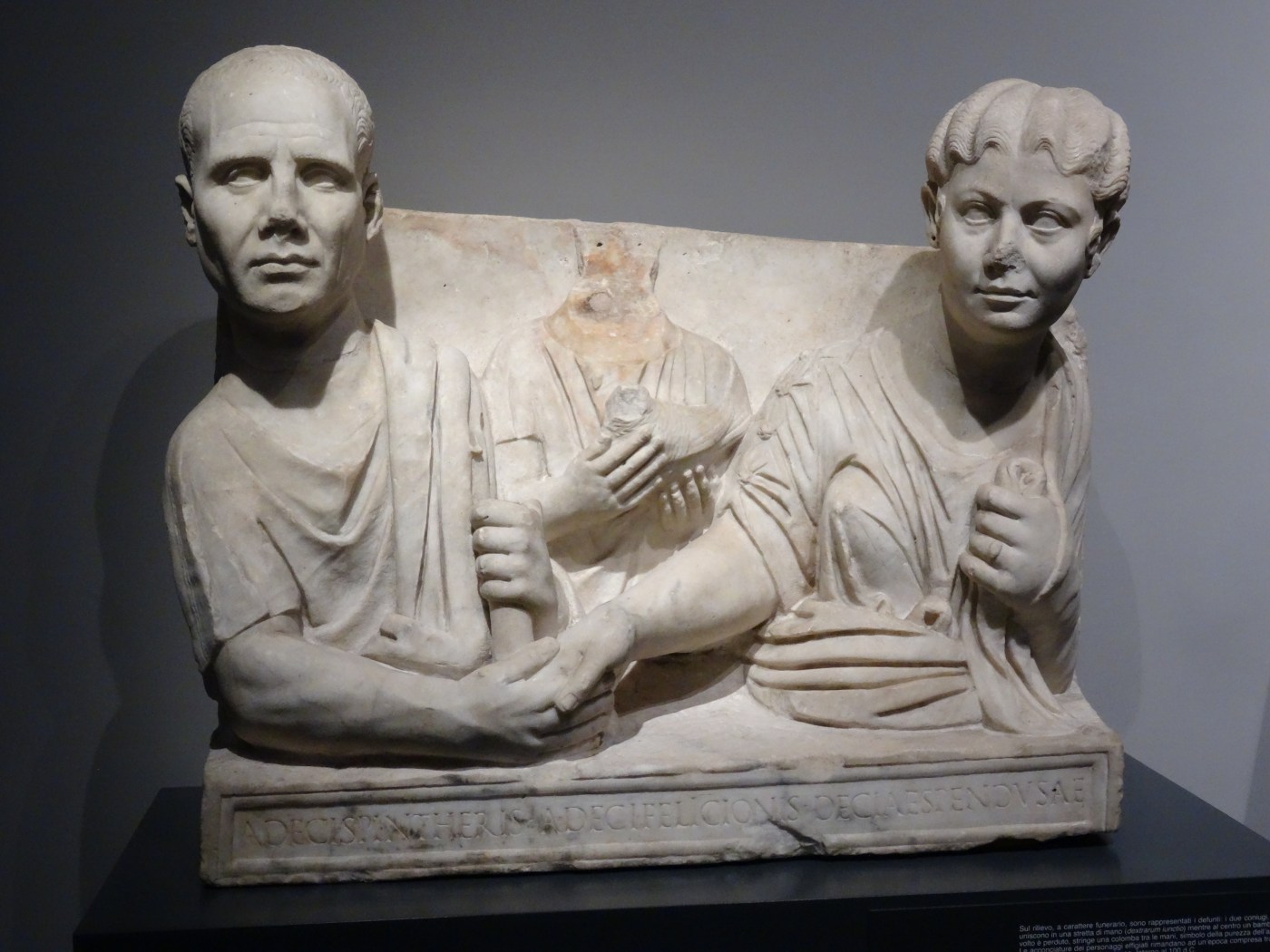This term, I’ve been doing something pretty new for me – planning an 11-week course on Roman Death for 70 first and second year students, complete with 22 hours of lectures and 5 seminars. It’s a big task, both for me and for the students, so it’s lucky that our subject is completely inexhaustible.

We’ve now done about 3 weeks of this course, and already we’ve covered causes of death, population structures, life expectancy, Roman funerals and a bit of anthropological theory on rites of passage. Next week we’ll be moving on to monuments, tombs and memory. We’ve even managed to watch this fantastic bit of Marlon Brando as Mark Antony. Slowly I’m realising that so many Roman sources touch on the theme of death that this course could have just gone on forever. So how can we narrow it down?
Firstly, we’re taking a particular approach in this course. Rather than focusing only on literature or only on material culture, we are taking all kinds of sources and seeing how they work together. Sometimes the literature and the archaeology tell us quite different things that don’t overlap, or they tell us contradictory things, or they simply tell us about very different groups of people. This is something that’s familiar to me in my own work, because the study of fragmentary languages demands that you use every piece of evidence you can get, even when they give you slightly different answers to your question. What I really like about working in this way is that it allows us to talk about parts of society that literary sources rarely mention at all, and consider a broader slice of Roman society. Using all these different kinds of sources is a skill that takes time to develop, and building that skill is one of the main aims of the course.

Secondly, I’ve selected sources which mostly consider what happens after death. Although we’re going to spend one of the seminars talking about the concept of a “good death” and how Romans talk about preparing for death, the moment of death itself is not our focus. Most of our course will be spent on funerals, tombs, memory, ancestor festivals and the afterlife – the ways in which the living deal with someone else’s death. Of course, there’s overlap and sources meet up in lots of places, but in general this is not a philosophical course or a course about the many famous deaths recorded in Roman literature. It could have been, as you can see in Catharine Edward’s book Death in Ancient Rome – also based on an undergraduate course, but one with a totally different focus.
If you have Exeter intranet access, you can access all the resources for this course (including full recordings of the lectures!) over on ELE. No matter who you are, you can also search the twitter hashtag #RomanDeath, where people have added resources, articles and images to contribute to this course. Many thanks to all who have contributed, and to the students for being so enthusiastic in the first three weeks of term.



This epitaph always seemed interesting to me – including the fact that the freedmen get billing. Maybe they were his only immediate family. Such a sober looking epitaph to what must have been great personal tragedy.
There seems to have been huge culture and ritual with opening of veins in the Julio-Claudian era. The case of Petronius as related by Tacitus is interesting. I liked the bit about him breaking his signet ring.
Finally, there is Cicero on old age – an actor need not remain on the stage until the very end of the play…
LikeLike